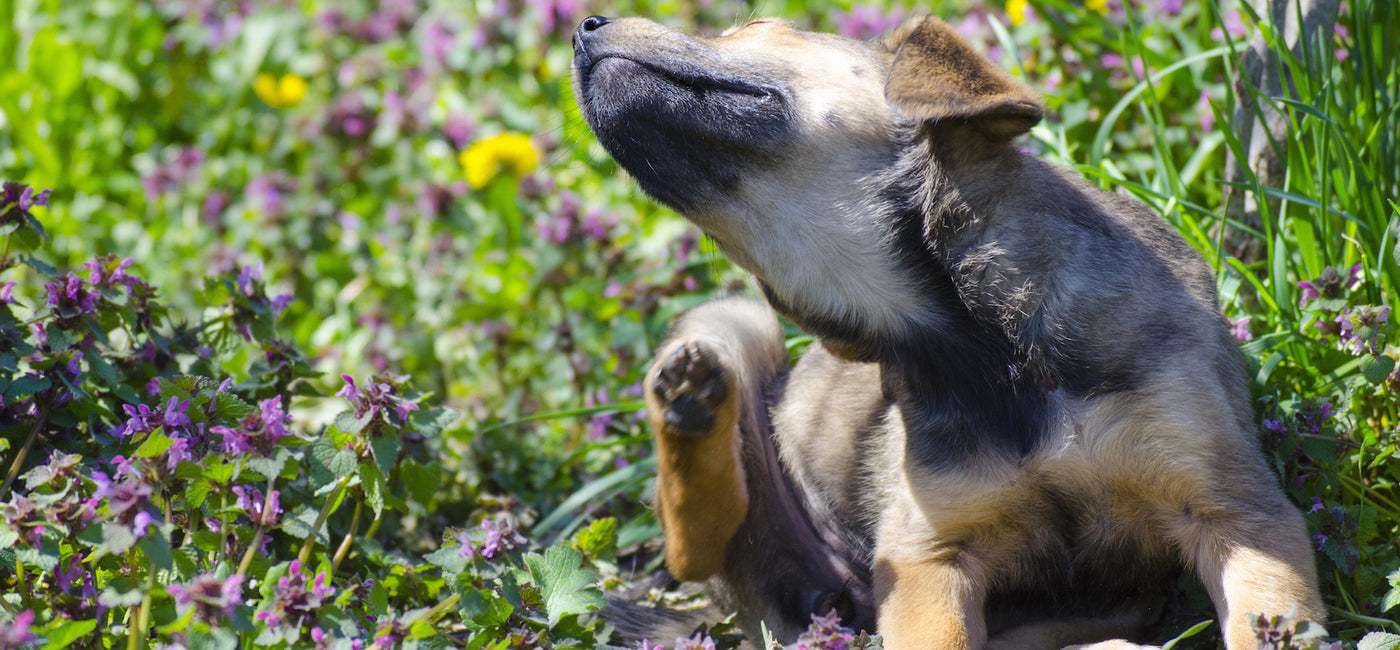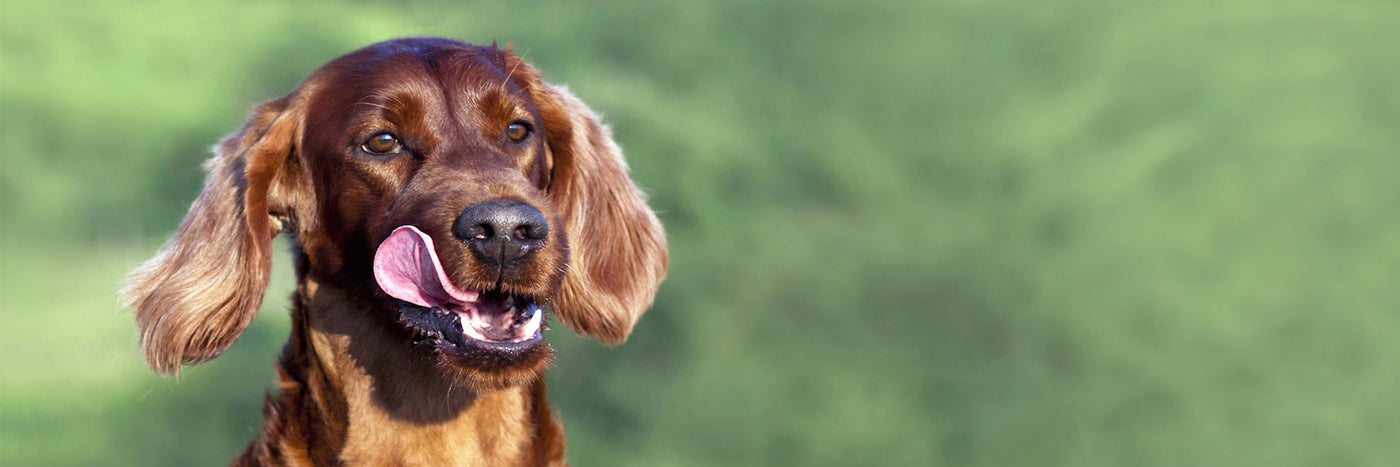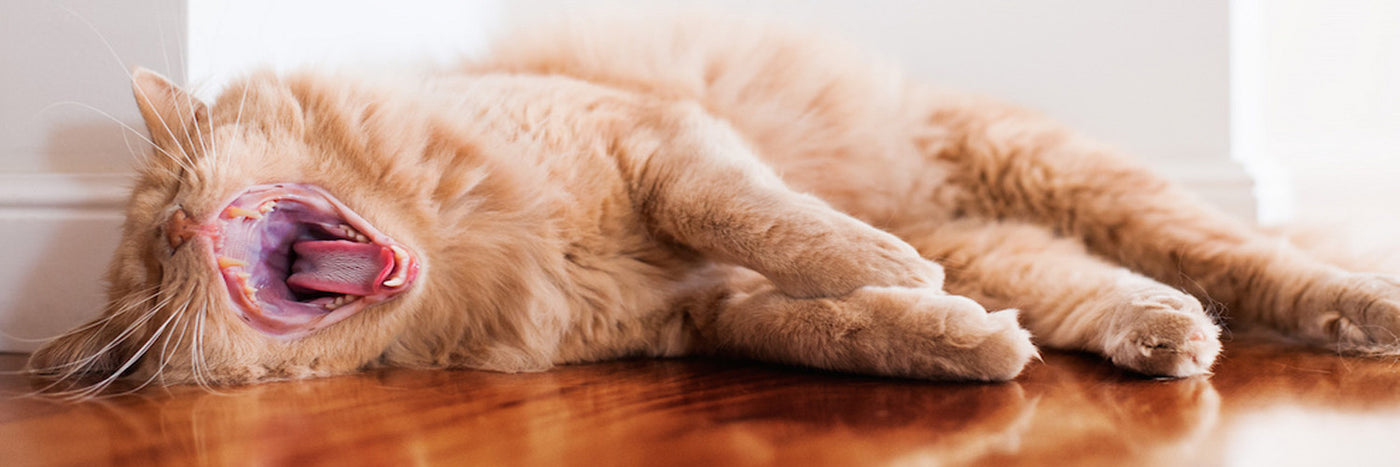News

Caring for a dog with a skin condition
Just like us humans, our dogs can often suffer from unpleasant skin conditions that may cause irritation and discomfort. However, there’s no need to worry. You’ll probably be surprised to learn that skin conditions in pets are very common and highly treatable with the right level of care and possibly even medication - depending on the severity of the condition and the underlying cause.
How do I know if my dog has a skin condition?
If you’ve recently become the proud parent to a dog - congratulations! But you may not know exactly what to look for to determine whether or not your dog has a special condition that needs to be cared for. So, we’ve listed some of the most obvious signs and things to look for:
- Scratching. One of the first signs of a skin condition is of course irritation. Continuous scratching is a common symptom of a skin condition however your dog may still have a condition even if there are no obvious signs of irritation. If he or she does appear to be scratching excessively, check the area for any visible scabs.
- Licking. Similarly to scratching, sometimes dogs with skin conditions find comfort in licking the affected area i.e. their paws. Try and investigate the problem as quickly as you can as over-licking can make the problem very red and tender.
- Lack of hair. Sometimes a skin condition may result in your pooch developing bald patches or simply a dull looking coat, in which case, may indicate a skin condition, illness or allergy.
- Dandruff. Just like we humans may suffer from a dry scalp, our pooches may experience dry skin too, resulting in visibly flaky dead skin. Depending on the colour of your dog’s coat, your pooch’s dandruff may become visible in his or her hair.
What to do if you suspect your dog may be suffering from a skin condition
From allergies and fleas, all the way through to skin diseases, there are a whole range of possible causes, so the first and best route to take is visiting your vet. They’ll find the route cause and make recommendations on how to care for your dog’s condition going forward. Depending on the cause, treatments may include specially formulated shampoos, supplements, medicine, avoiding certain food types and so forth.
If you do find that your pet’s condition is manageable with special pet shampoos, we highly recommend the VETiONX range - aimed at both dogs and cats. And, like just like the experts say, we are what we eat - so choosing your dog’s food wisely can also work wonders on his/her skin. For example, opting for a food that contains all the essential vitamins and nutrients, such as omega-3 fatty acids, can often help to ease the irritation and also any inflammation of the affected area. We stock a whole range of quality, fresh and nutritious food options, some of which are specifically designed to cater for pets with allergies and conditions.
- Ben Abimbola
- Tags: Dog Health Dog Nutrition Grooming

Is your dog getting the right nutrition?
We take our own consumption of food seriously - and the same should also apply for our dogs., right? Absolutely. To live a long, healthy life, it’s important that our furry friends consume food that’s packed with all of the necessary vitamins and minerals needed, in the correct balance of course.
Just like humans, our pets need to a good combination of nutritious foods, including fats, protein, carbohydrates - you name it. All of these essentials will ensure your dog remains energetic, fit and healthy at all times. Getting all of these ingredients in the right proportion for your pet is important and that’s why it’s always important to check the nutrition label. For example, pet food manufacturers design food for dogs at specific ages (i.e. puppy and adult) and they also cater food for dogs with specific health conditions such as heart disease.
We work with man’s best friend on a daily basis and can honestly say that there is a clear and very visible difference between a dog that is receiving the correct nutrition and a dog that is not. Those that are well nourished will maintain excellent muscle tone, healthy teeth, bones and coat, quality digestion, as well as maintaining a fantastic ability to perform at their best physically.
And just like humans, a health dog will be able to fend off nasty infections much better than a dog that isn’t receiving a well balanced diet. As owners, we want to guarantee our pets a long, quality lifestyle and so our best chances of achieving this are to provide the highest quality of food possible.
The best quality food for dogs are those that contain human-grade ingredients, including Omega 3 and Omega 6 fatty acids. Lower quality food on the other hand, is likely to contain sources of protein that us humans wouldn’t even think of consuming - including chicken beaks. Lower quality foods are also more likely to contain artificial ingredients, sugars and other unhealthy additives that will make their foods taste better, but have an overall negative impact on our pup’s health.
Our recommendation to our fellow dog owners is to check the label before purchasing your next bag of dog food - just as you would your own. Because for our pets to live a long happy life, it all starts with what enters their bodies. You are what you eat, after all. To see our preferred dog food providers, browse the pet food collection within our catalogue.
- Ben Abimbola
- Tags: Dog Food Dog Health Dog Nutrition

Caring for your cats teeth
Keeping your cat’s teeth in good condition is essential to a healthy and happy life - that means regular toothbrushing and a quality diet!
Failing to care for our cat’s teeth correctly can often lead to dental disease and an awful lot of unnecessary pain for our furry friends, which is precisely why we’ve put this brief article together to advise you on the best ways to keep your cat’s teeth clean and healthy.
Brushing
First off, make sure you purchase the correct pet toothpaste and a small finger brush. Never use human toothpaste - this will do more harm than good! Place a little paste onto the brush and brush in a smooth, gentle circular motion on the side of your cat’s teeth.
You’ll probably need to get your cat used to the paste, so try to increase the length of time that you brush by a little each day. The trick is to not force your cat too much at once, as you may put them off and make it harder for yourself in the long run.
Food
Rumour has it that dry cat food is much better for teeth than wet food with many dry cat food brands also being specifically designed to assist with dental care. If you can, try switching to dry food and see if this has a positive impact on your cat’s teeth.
- Ben Abimbola
- Tags: Cat Care Cat Health Grooming